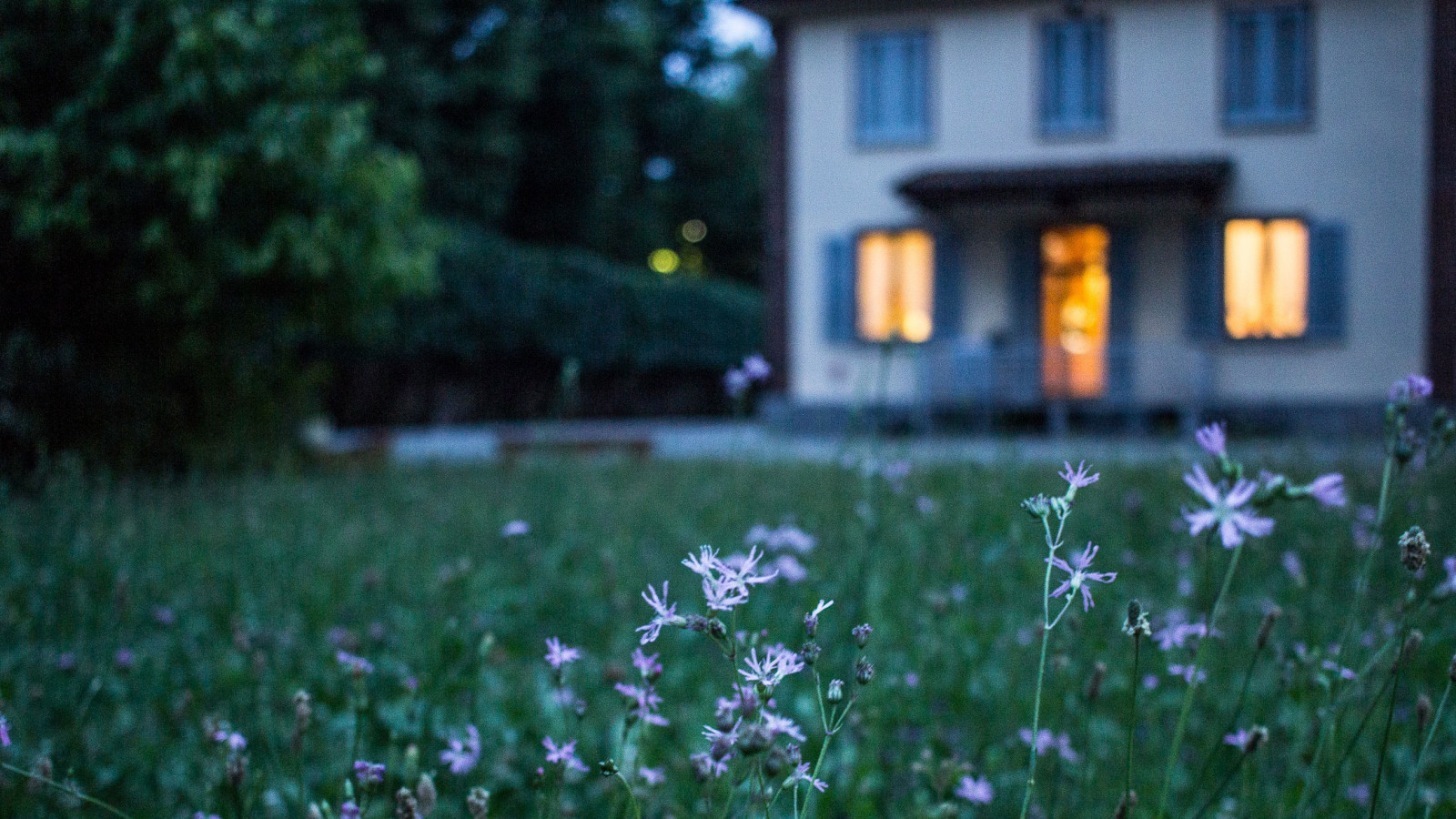Written by Jon Davies
Technical Sales Support and Education Manager, Pro Clima New Zealand
As broadly described in the previous article, the durability (in regard to moisture) of buildings is directly related to the performance of materials chosen, and especially the combination of materials. Done well, this gives the opportunity to create an indoor environment that can be efficiently modified (adequate ventilation, heating, cooling, humidity control). Efficient in this sense meaning ‘low energy to maintain’ because the conservation of added energy (heat) is high due to mass, airtightness and insulation.
It’s the homeowner that pays!
We probably all have stories of watching TV in sleeping bags in the lounge — the inside of the house as cold as the outside. It is the homeowner who pays the cost of poorly performing construction as much as it is the homeowner who pays for good construction. The first option is a forever-cost (the house that bleeds a lot needs a lot), the second is a one-off capital investment at time of construction.
It cannot be stated strongly enough that any ‘comfortable, dry, mould-free’ home with healthy occupants is a direct result of a combination of things, certainly not from one element in isolation.
The airtightness and vapour control layer INTELLO (and INTELLO PLUS) is a Passive House Institute class-A certified component for use in Passive Houses worldwide. This simply means the properties and materials of the product are acceptable for use, the performance is known, measurable and reliable. When the product is called up for use there is the assurance it will do what it says on the tin. You can find this certificate in the supporting documents in EBOSS under INTELLO or INTELLO PLUS.
INTELLO for airtightness benefits the insulation, this affects the heating input, that affects the air quality, which is maintained by the ventilation system across the whole house. So the measurable result is an efficiently heated, healthy place to live.
It is the homeowner who pays, as is too common, the cost of additional healthcare input by neglecting heating and ventilation because of running costs. Building better means building measurably better, building to targets of performance, not arbitrary thickness of insulation and still failing to consider window performance for example.
It is the homeowner who pays for the damage occurring from accidental airtightness and the combined lack of planning for adequate ventilation ("…a ventilation scheme that relies on open windows is too unreliable" — BRANZ research paper ‘Ensuring the New Zealand Building Stock is Moisture Tolerant’) and no heating consideration whatsoever.
Existing hyper-reactive buildings
The nature of our buildings mean they are hyper reactive to changes in both internal environment and external changes ie. temperature.
This is more than the fact of waking up and knowing what the weather is like before you open your eyes — a very good indicator of a poorly performing building. It is a normal New Zealand building’s inability to regulate heat gains and losses by means of adequate insulation, mass, orientation, solar gain, and materials both internally and externally that costs so much on an ongoing basis.
The new type of new building
Buildings should have a significant ability to slow down the fluctuations in temperature, and thereby slow down fluctuations in humidity indoors without risk of trapping moisture.
A hyper-reactive building is not the way of the future.
One way of considering this is to draw a graph showing temperature versus relative humidity in any building. As temperature goes down relative humidity goes up and vice versa. Therefore temperature fluctuation impacts directly on humidity (and comfort). Humidity fluctuation at worst will have a direct impact on condensation forming and mould growth is likely to occur if condensed moisture is not vapourised again quickly.
Flat Line
Funnily enough, a house performing well makes for a very boring graph. A flat line of temperature will equal flat lines in comfort and humidity.
Low energy input, ‘flat lining’, slow (hypo-reactive) and statistically boring — house performance in the 21st century. Perfect.
Written by Jon Davies
Technical Sales Support and Education Manager, Pro Clima New Zealand




























 Most Popular
Most Popular Popular Products
Popular Products

